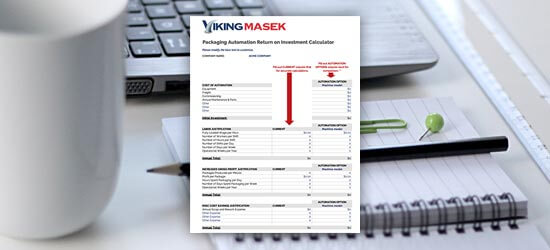
Innovative Trends Shaping Automated Packing Machines for Global Supply Chains in 2025
Technology plays a critical role in the fast-evolving world of supply chains. Among the many advancements that influence logistics, Automated Packing Machines represent a paradigm shift. By 2025, new trends in automated packing will continue to reinvent the arenas of efficiency and accuracy in packaging processes, for the very purpose of streamlining operations for businesses worldwide. So, it's like packing machines enhanced with AI capabilities, robotics, and analytics. That is really what is required nowadays for increased speed and accuracy in e-commerce and global distribution systems.
Smart technologies embedded into Automated Packing Machines are not just for the sake of automating dead-end tasks anymore, but in fact see the big picture of the optimization of the whole supply chain from waste minimization to packing speed improvement. And they affect every corner of this innovation. The continually changing industries adapting to different consumer preferences and expectations will require knowledge of the trends that shape the automated packing systems. Hence, this is what would benefit organizations to fight for the competitive edge. This blog will examine the essential innovations and future predictions about Automated Packing Machines with implications for global supply chains.
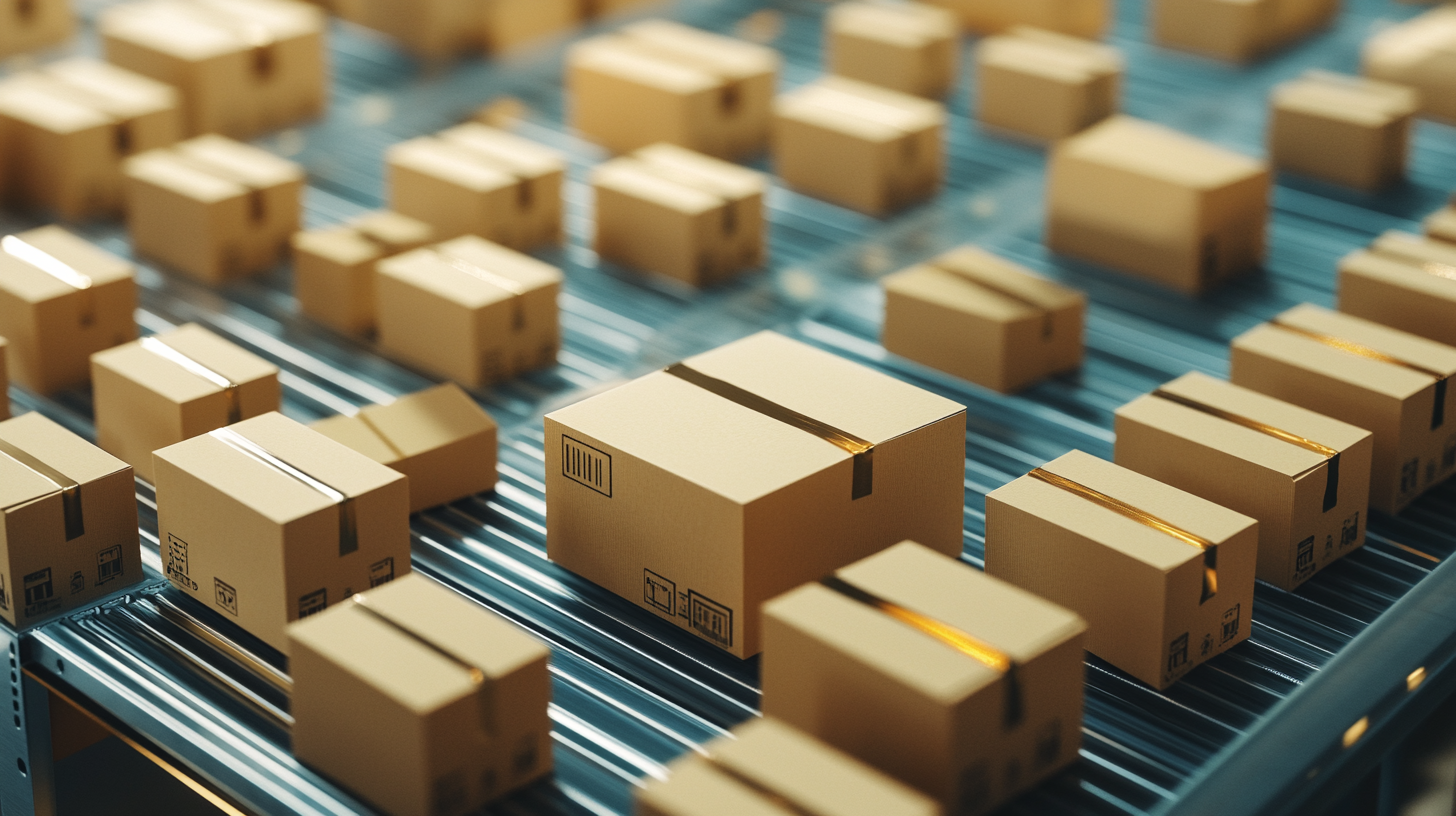
Emerging Technologies Revolutionizing Automated Packing Solutions
The landscape of automated packaging solutions is undergoing a cataclysmic transformation throbbing with developing technologies that redefine efficiency and accuracy across global supply chains. As reported by Markets and Markets, the automated packaging markets across the globe are projected to grow from $45.2 billion in 2020 to $75.6 billion by 2025, clearly indicating increased adoption of robotics and smart packing solutions. Another key propelling force behind this innovation is the introduction of artificial intelligence (AI) and machine learning algorithms in automated packing machines, making them capable of adjusting their settings in real-time depending on the different shapes and sizes of products being packed. By analyzing data fed back by the sensors and cameras, these systems can increase the packing density while decreasing material wastage. AI not only improves the efficiency of packing but also increases error detection rates by almost 30%, according to the studies conducted by the International Journal of Production Research. The era of IoT (Internet of Things) technologies has provided an avenue for the seamless interface between the packaging machines and the networks of supply chain. Therefore, with the aid of connected devices, the companies can monitor the packing processes in real-time so that any problem could be detected and rectified swiftly. According to research by PwC, 60 percent of those companies using IoT reported productivity increases and reductions of operational costs. This reinforces the place of these new emerging technologies in automated packing solutions. Hence, as innovations continue to evolve, businesses will have the privilege of investing in advanced automated packing system technologies to boost their efficiencies across supply chains and maintain a competitive edge in the global market.
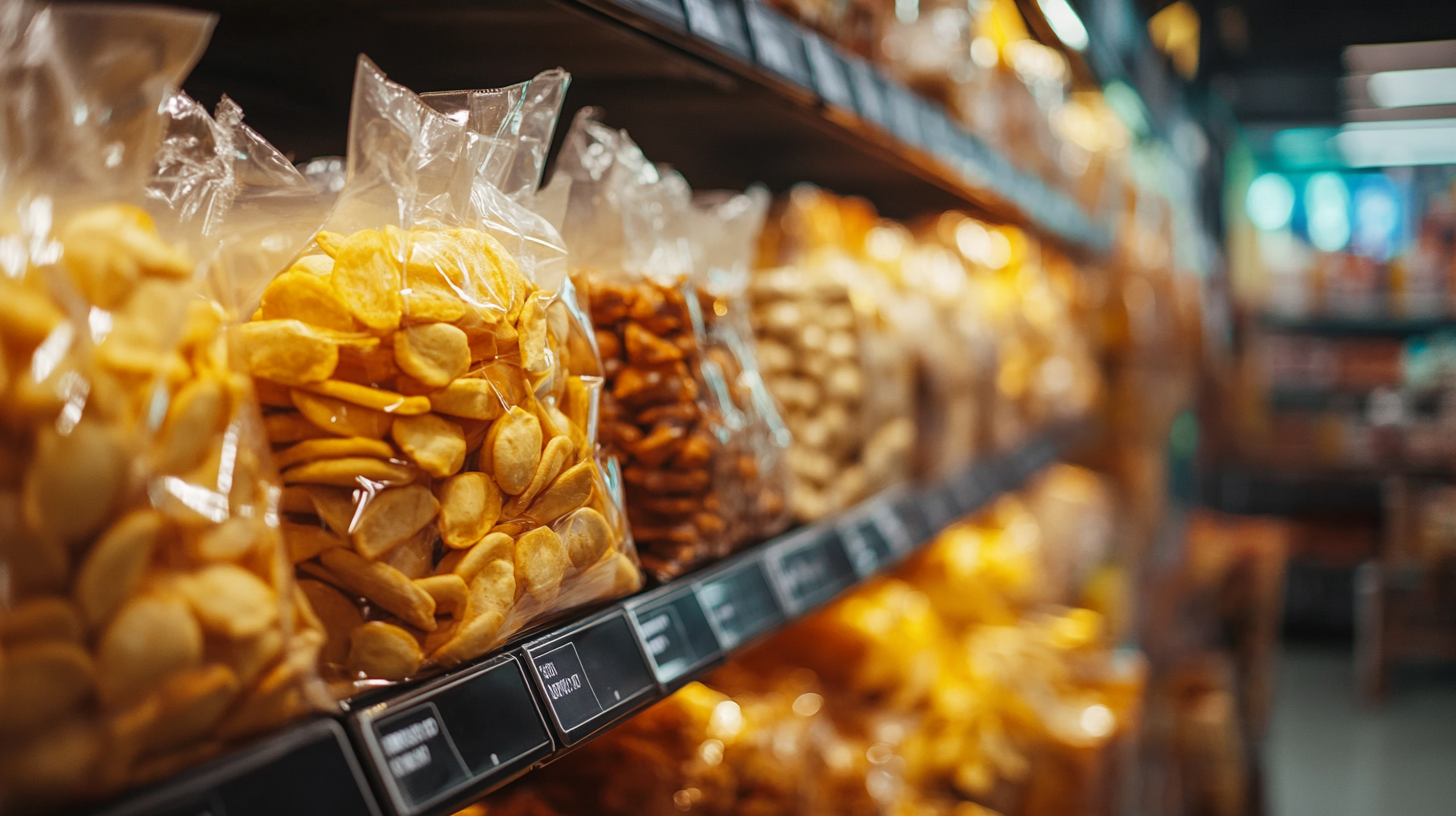
Sustainability in Automated Packing: Reducing Waste and Energy Use
From a rapidly transforming future toward sustainability, automated packing machines, in addition to the entire global supply chain, are being shaped by several trends; this is now contiguous 2025. While the global processing machinery for plastics forecasted growths from 23.57 billion U.S. dollars in 2025 and reach 34.62 billion U.S. dollars by 2032 at a stable CAGR of 5.6%, It is becoming increasingly urgent to focus on packaging operations to curb waste and energy consumption.
Inotive solutions to this entail ever-emerging changes being brought about in packaging. The replacement of plastics with recyclable options has seen interest from major companies, which see this as a means to lessen their environmental impacts. A significant reduction in plastic air cushion use (around 1.5 billion units) can be expected through the transition to recyclable paper instead of plastic air cushions. This is an opportunity for a greener approach to packaging and also addresses consumer needs, whose perspective is fast becoming environmentally conscious.
The reusable e-commerce packaging market is also on the rise, with estimates pegging it at $7.8 billion by 2024, with a projected CAGR of 9.5% or above for the period 2025-2034. The potential growth indicates an opportunity to align automated packing machines toward reusable eco-friendly designs. The evolution of packaging machines would play a pivotal role under the reduce-reuse-recycle paradigm as more companies embrace these principles, thereby bringing sustainable solutions in the supply chain line, hence establishing a circular economy.
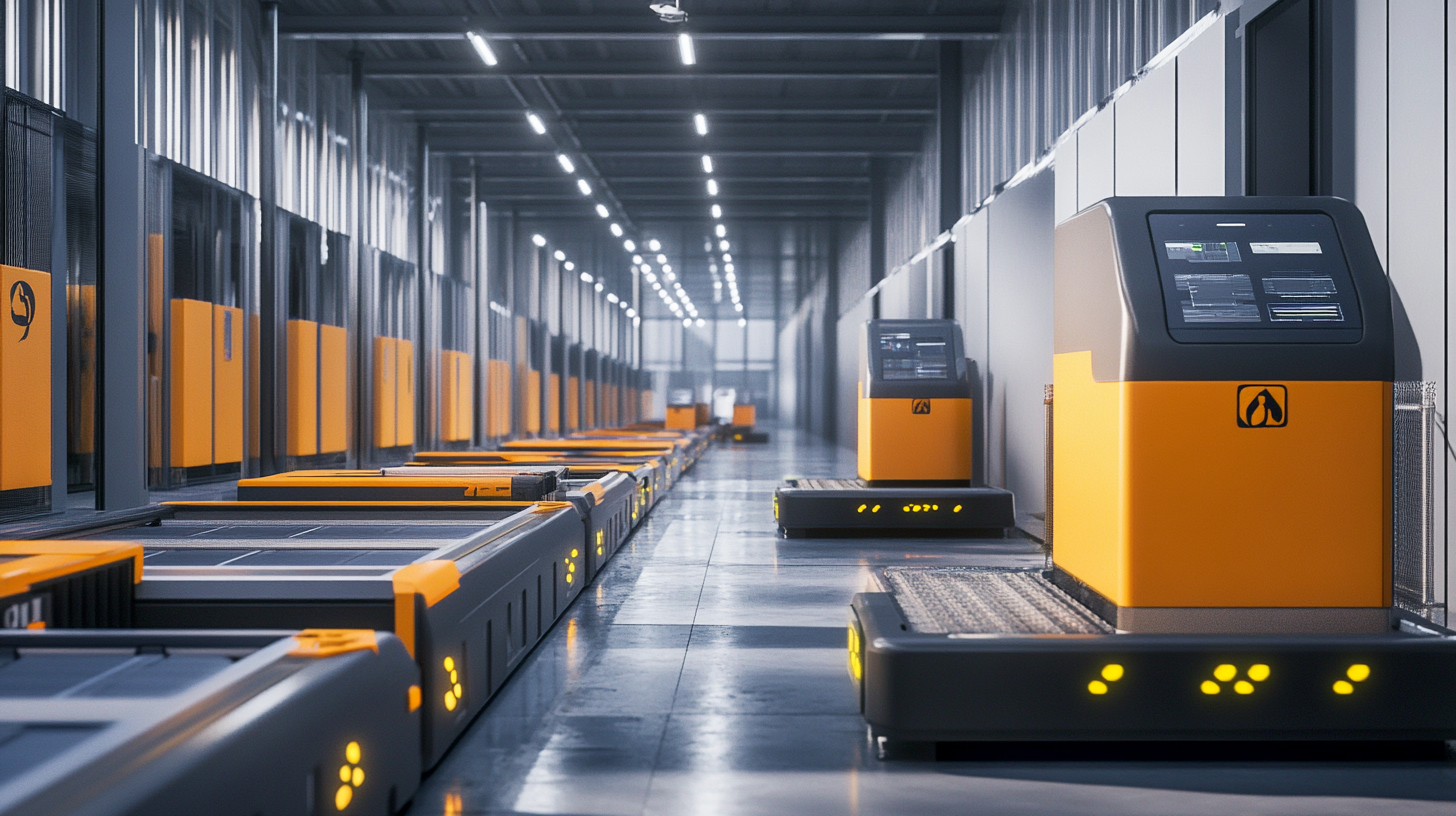
Impact of AI and Machine Learning on Packing Efficiency and Accuracy
With a view towards 2025, the AI and machine learning integration into automated packing machines is changing the whole premise of global supply chains. The benefits of these advanced technologies improve packing speed and packing accuracy, allowing companies to swiftly cater to market requirements. The packing systems with AI are able to real-time analyze data in huge quantities to be able to optimize the packing processes so that the waste could be minimized and the throughput increased.
Predicting and adapting to well-foreseen scenarios of packing is one of the greatest advantages that AI provides to packing machines. Machine-learning models can learn from previous packing-associated operations by recognizing recurrent patterns that produce inefficiencies or errors. This adaptive nature allows machines to change settings depending on a product type or size. Basically, these adaptive AI systems allow packing items in the most efficient mode possible. Thus companies can expect less labor input and higher productivity.
Enhanced accuracy in packing reduces cargo damage risk in transit. The AI systems will simulate different items' packing arrangements, weighing different levels of protection, resulting in an optimal packing solution in terms of damage risk. The new smart packing machines fitted with AI will be the competitive edge in the future for any organization engaged in combating supply chain complication and rapid delivery by customer demand. Such evolution will be a game changer for productivity and cost reduction and will, thereby, deliver enhanced value to the consumer in the years to come.
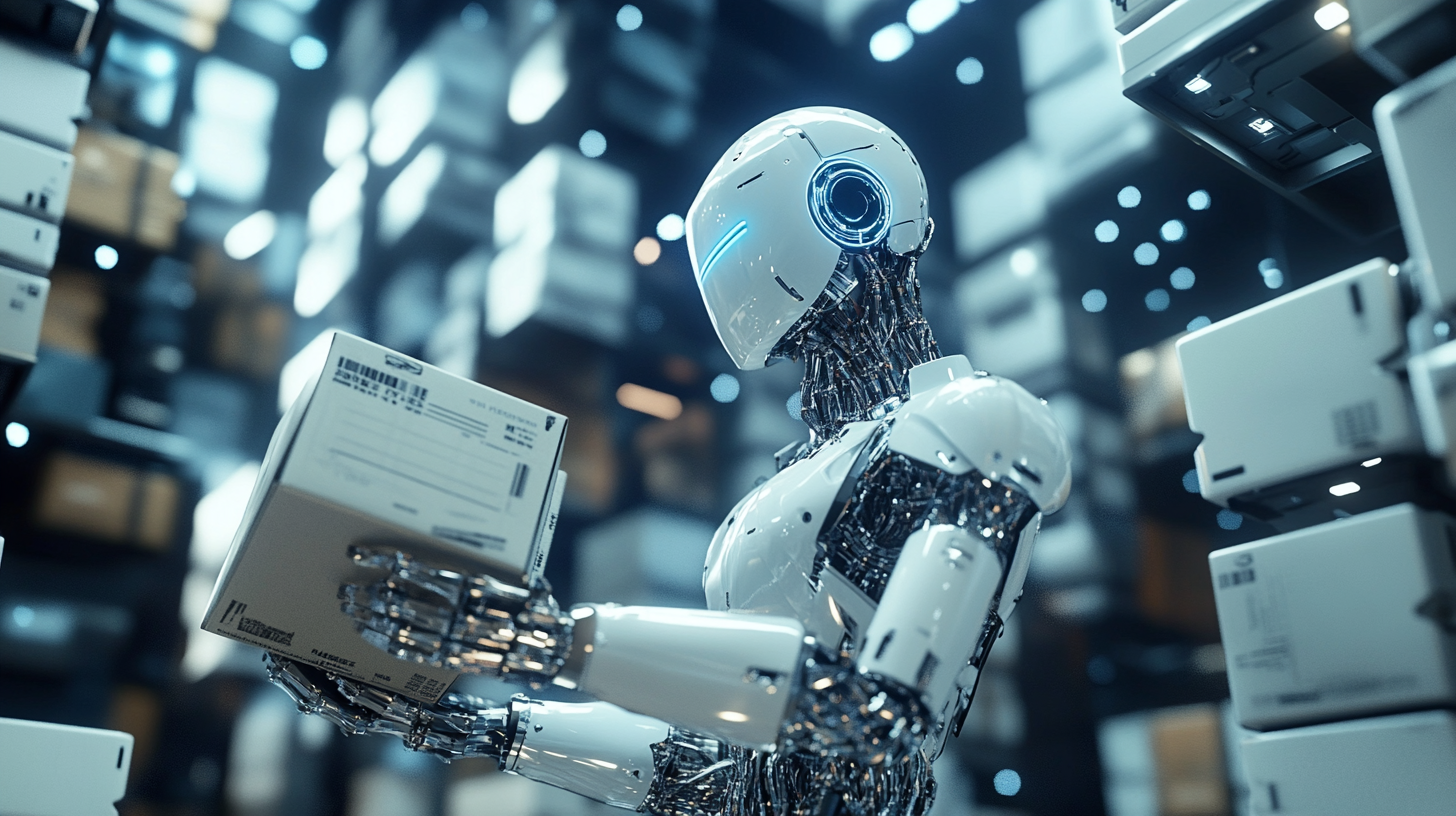
Integration of IoT and Smart Logistics in Global Supply Chains
The merger of IoT and smart logistics is to change the face of global supply chains by the year 2025, indicating a drastic transformation of automated packing machines. The new 14th Five-Year plan is stressing on the logistics sector within China for digital transformation and AI for creating a firm ecosystem through a confluence of technology and industry practice.
In this scenario, time. IoT helps to track and analyze any data instantaneously for the improvement of operational efficiency and flexibility of the supply chain. Automated packing machines being enabled with IoT sensors would allow companies to monitor their inventory and packing process in real-time, which would help to shorten response times and thus improve accuracy. A smooth and uninterrupted flow of goods from the supplier to the consumer would translate into fulfilled customer needs.
In addition, companies like Lenovo are gaining prominence in the IoT clout, where the applications of smart logistics are becoming more well acknowledged. Big data and artificial intelligence capabilities in the logistics sector should serve to optimize routes and estimate demand variations as well as prompt packing architectures. This amalgamation of intelligent systems must certainly steer a more resilient and responsive supply chain environment within 2025, there greatly heralding the role of technology in contemporary logistics.
Future Trends: Customization and Personalization in Packing Processes
Amongst the pressing needs for packing process requirements that are personalized to every customer are increasing rapidly in a fast-changing world of global supply chains. Moving closer to 2025, the focus of innovation in automated packing machines towards personalization and customization is spot-on. Companies have also realized that the competitive marketplace demands tailored packing as a means of enhancing customer satisfaction and loyalty.
The commonest trend is incorporating advanced technologies such as artificial intelligence and machine learning into packing operations. In fact, these two can think, analyze, and predict through real-time data collected from customers in such a way that customization leads to packaging those box dimensions to approve the customer preference. For example, companies can now personalize packaging by making it carry either the customer's name or a special message, thus turning the unboxing experience more memorable. Also, whenever a Customer would wish to modify packaging size and material on demand, it could be done with companies working down to reduce waste and optimize shipping cost.
In addition, the growth of e-commerce has created a requirement for highly efficient packing solutions that allow easy configurations for varying sizes of orders and types. Modern automated packing machines will encompass not only diverse packaging capabilities but also interact as consumers would want to customize their orders online. This would be a touch of personalization in the supply chain that would also ensure products get to the customer's doorstep with an added touch of individuality. Looking ahead, these trends will become very important for all companies that want to do business in the personalized marketplace.


